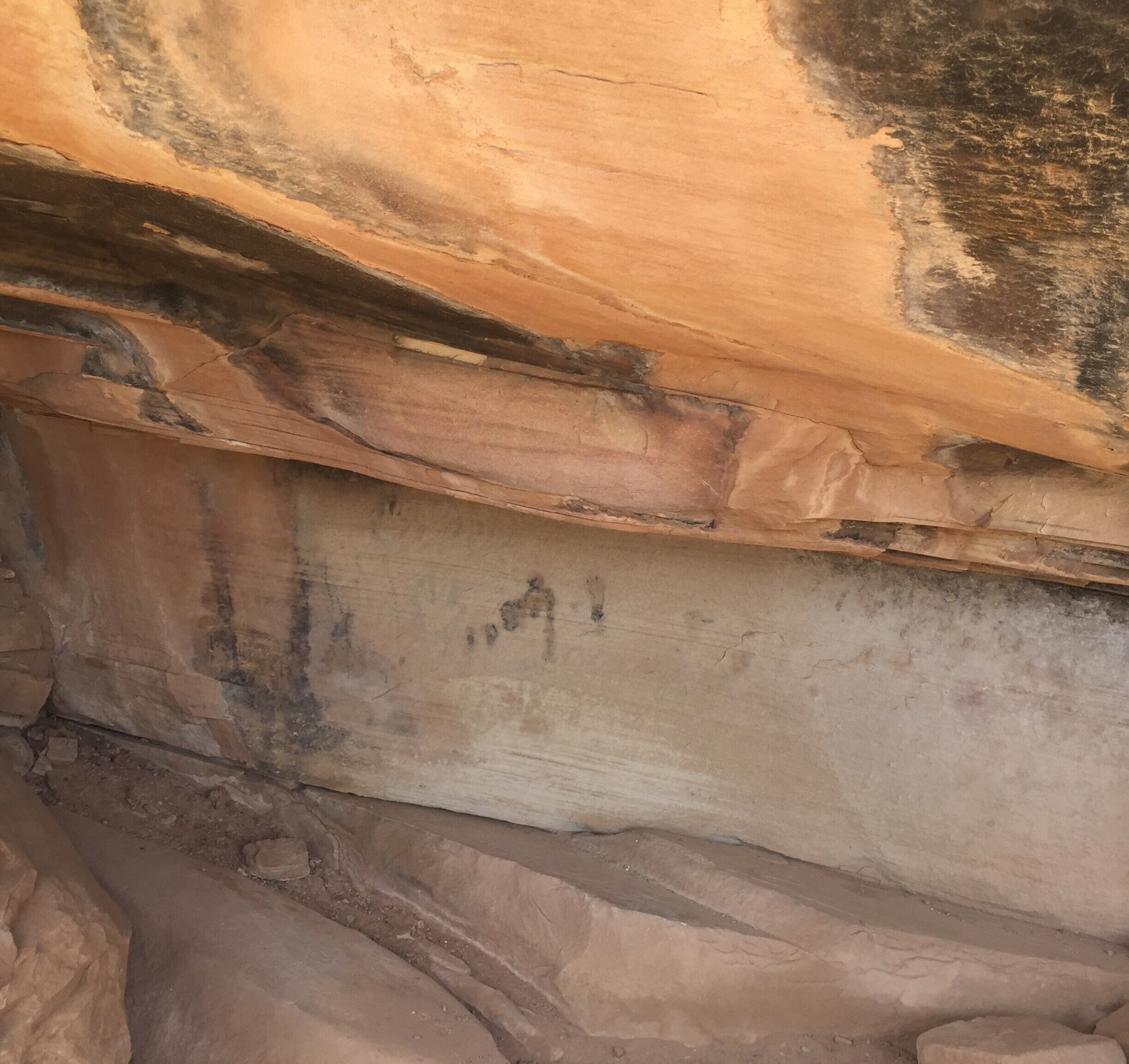SEASON 4 // EPISODE 4: WHAT IS ROCK ART?
Petroglyphs and Pictographs
In season 4, we’re digging into some of the most commonly asked questions at Mesa Verde National Park.
“It’s a means of storytelling. It’s a means of sharing the symbolism. It could be symbolism for a warning... or it could just be a sign, say, be safe and enjoy your journey.”
The rock art in the Southwest is as iconic to the region as the cliff dwellings themselves. From animal shapes to handprints to intricate spirals, these petroglyphs and pictographs adorn the landscape, leaving messages from hundreds and thousands of years in the past. What do these symbols mean? And what might they still communicate today?
We’ll hear from TJ Atsye (Laguna Pueblo) and Stewart B. Koyiyumptewa (Hopi) as they shares their knowledge of rock art and its meanings within Mesa Verde National Park and their homelands of Laguna and Hopi.
Looking for more?
Well, you’ve come to the right place.
Petroglyph Point Trail - Mesa Verde National Park
This rugged trail could be considered the front door to the village of Spruce Tree House, leading you through Spruce and Navajo Canyons, and past a large petroglyph panel located 1.4 miles (2.3 km) from the trailhead.
Remember that any places where petroglyphs or pictographs mark the landscape are sacred and special places to the descendants of those people who made them. Always visit with respect.
The trailhead is located near the Chapin Mesa Archeological Museum. Please contact a ranger for times the gate above the trailhead is open. Trail guide available.
Petroglyph National Monument
Petroglyph National Monument protects one of the largest petroglyph sites in North America, featuring designs and symbols carved onto volcanic rocks by Indigenous peoples and Spanish settlers 400 to 700 years ago.
These images are a valuable record of cultural expression and hold profound spiritual significance for contemporary Indigenous peoples and for the descendants of the early Spanish settlers.
Always visit with respect.
Balcony House
Balcony House, located along the Cliff Palace driving loop at Mesa Verde National Park, is a village of 38 rooms and two kivas. It probably housed up to 30 people. Two naturally-occurring seep springs are located nearby, one within the alcove and one just below.
In the past, Balcony House has been accessible to the public by way of ticketed ranger-guided tours. However, due to COVID-19 restrictions, these tours may not currently be offered. Visit the Mesa Verde National Park website for current information.
Canyons of the Ancients National Monument
Located northwest of Mesa Verde National Park, Canyons of the Ancients National Monument consists of 176,000 acres of federal land administered by the Bureau of Land Management (BLM).
The Monument contains the highest known archaeological site density in the United States, including Painted Hand Pueblo. If you look closely in the photo (left) you’ll see, at least, two negative handprint pictographs.
Visit Canyons of the Ancient National Monument website to plan your visit and remember to always visit with respect.
Mesa Top Loop Audio Tour
Check out the Mesa Top Loop Audio Tour, put together by Mesa Verde National Park, to follow the footsteps left behind by the Pueblo ancestors.
Download or stream this multi-part tour now on Apple Podcasts or visit Mesa Verde National Park’s website to find a transcript.
Diversity within the Mesa Verde Region
Thousands of people trace their heritage back to the canyons, mesas, and alcoves of Mesa Verde. Before Spanish conquest, over 300 groups called this region their ancestral home, today there are 26.
The 19 Pueblos of New Mexico: Taos, Picuris, Sandia, Isleta, Ohkay Owingeh, Santa Clara, San Ildefonso, Nambe, Tesuque, Jemez, Cochiti, Pojoaque, Kewa (Santo Domingo), San Felipe, Santa Ana, Zia, Laguna, Acoma, and Zuni
Hopi in Arizona
Ysleta del Sur Pueblo in Texas
Navajo Nation in Colorado, Arizona, and New Mexico
Ute Mountain Ute Tribe in Colorado and Utah
Southern Ute in Colorado
Northern Ute in Utah
Jicarilla Apache Nation in New Mexico









